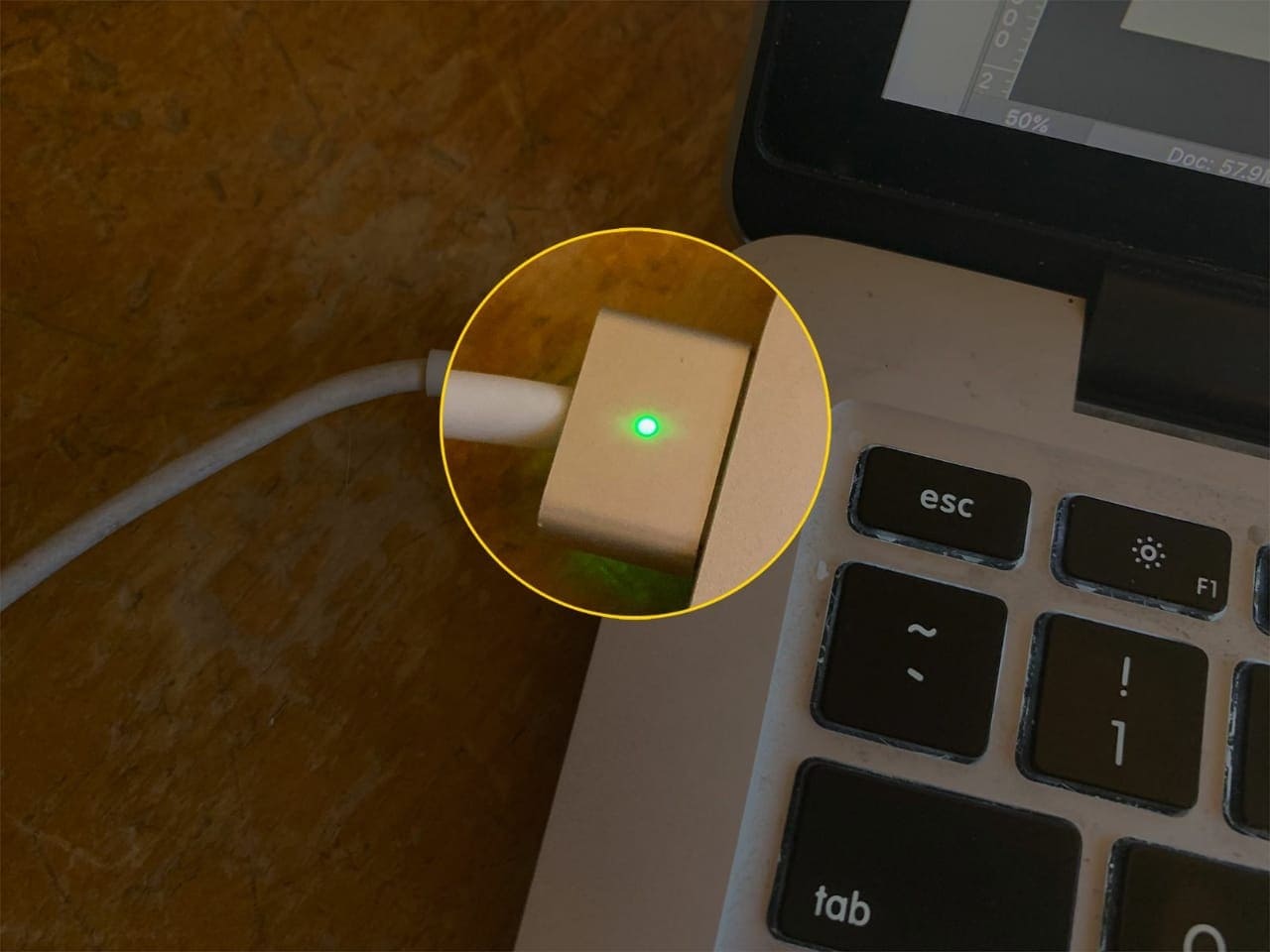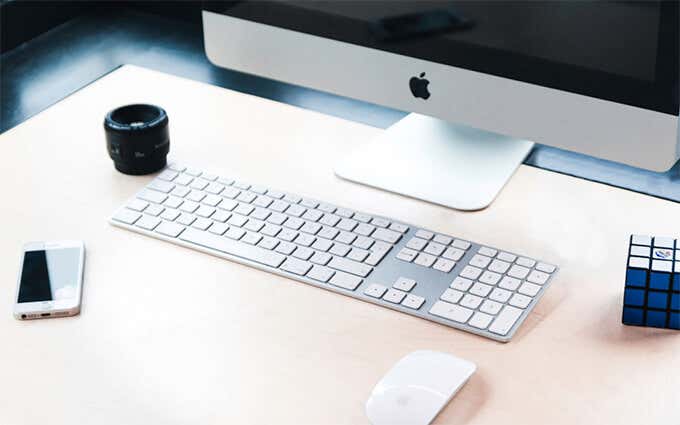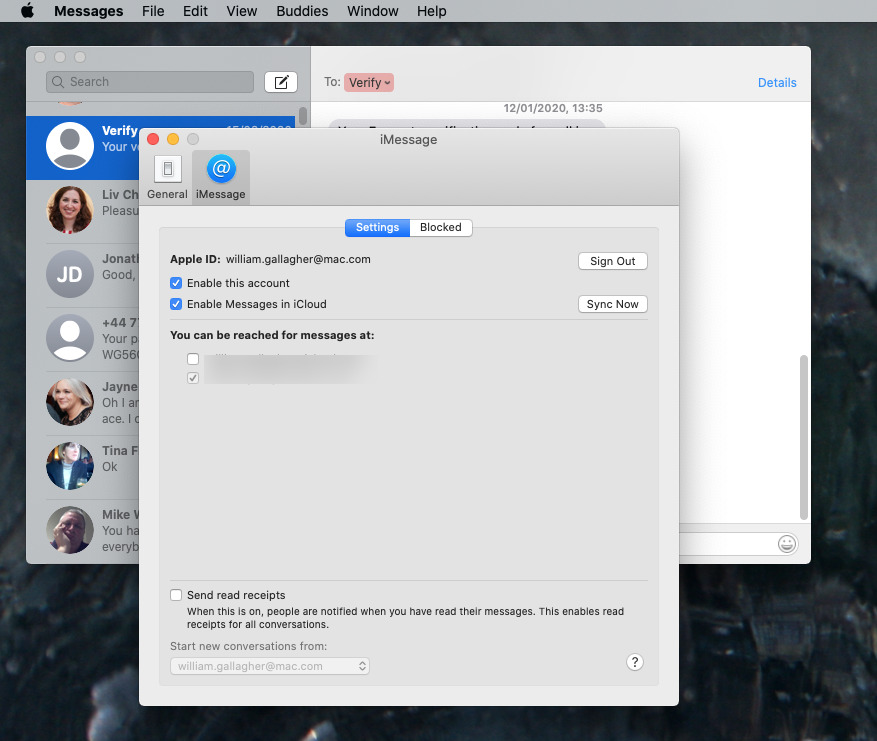

Otherwise, continue to set up the computer. If you're selling or giving away your computer, type 'Command' + 'Q' to exit. Once the process is complete, you'll be asked to begin the Mac setup process. If the installer offers you the choice between installing on 'Macintosh HD' or 'Macintosh HD - Data', select 'Macintosh HD'. Once your Mac boots into Recovery mode, open the Disk Utility. Power on your Macbook, Macbook Pro, Mac Mini or other OS X computer.

Hold down the Command and the R on your keyboard at the same time. Select 'Reinstall macOS' from the utility window in macOS Recovery, then choose 'Continue' and follow the installer's instructions. Steps to Reset Mac to Factory Settings: Turn off your Mac completely. Quit Disk Utility to return to the utility window.

Skip External and Disk Image sections also on the sidebar. A factory reset restores your Gateway to its original default settings. Don't delete any volume named 'Macintosh HD' or 'Macintosh HD - Data'. Deals: Apples premium 13 MacBook Pro with Touch Bar for ,799 (0 off) 0 off. Click the Erase button on top ribbon of Disk Utility to start erasing your hard drive for factory reset MacBook Pro. Select your main hard drive usually called Macintosh HD. If you have any other internal volumes in the sidebar, click the delete volume button that's marked with a '-'. When the Recovery Mode Utilities window shows up, pick Disk Utility and click Continue. If you don't see this button, click 'Erase' instead. Keep the name 'Macintosh HD' and set the format to 'APFS' or 'Mac OS Extended (Journaled)'.Ĭlick 'Erase Volume Group'. Connect your keyboard and go to Firmware.
#Reset my mac pro to factory settings for keyboard and mouse? how to
In the dialogue box, you need to rename the drive and format. Here’s how to do a hard reset on Anne Pro 2: Launch the OBINS Anne Pro 2 software. By default, Mouse Keys may be turned on in the Universal Access panel of System Preferences: Chose Apple menu > System Preferences, and click Universal Access. Choose 'Macintosh HD' on the left side of the screen. Regardless of whether you’re on an Intel-based or Apple silicone-based MacBook Air, it’s now time to finish the reset process using 'Disk Utility.' If asked, log into the next screen with administrator privileges.įrom the macOS recovery screen, choose 'Disk Utility'.


 0 kommentar(er)
0 kommentar(er)
